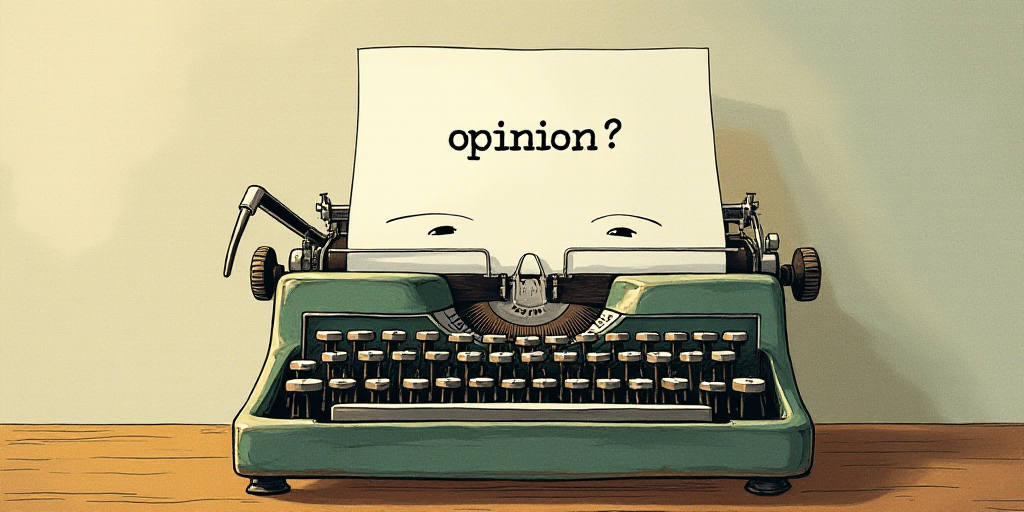Taylor Swift’s New Album: “The Life of a Showgirl”
Today, I read the reviews for Taylor Swift’s new album, “The Life of a Showgirl.” There is divided opinion. The controversy: while fans see it as a triumph, several critics on social media argue that a woman four years away from forty should not still sing like a high school girl. To these latter ones, I can only say that pop culture functions as if we’re all still in high school. Life is a giant high school where we don’t always fit in. If I can praise Swift for anything, it’s that she knows her audience, many of whom are teenagers and young adults, and always makes them feel welcome. She’s a beacon for them, their contemporary sibyl.
Disclaimer: I’m not a big fan of Taylor. It’s not her fault; it’s my own. As a late teenager, her style is far from the alternative rock I still listen to as if it were 1999. There’s a customs distance between us that I can’t seem to bridge. The same goes for Billie Eilish: her debut album I loved, but the ones since then seem completely disconnected from my life experience. Our neuroses don’t align.
However, did I listen to “The Showgirl” and dare to opine? Yes, and yes. Upon first listen, I liked it. Good albums need time to sink in. Sometimes you strike gold like smoking a great cigar, effortlessly humming a track. Once emotionally invested, you eagerly await the arrival of this or that song. If that happens to me—and I assume it does for everyone—then the album must be good. When multiple tracks capture me, I know I love it and can confidently say it’s a great album. Lyrics, riffs, catchy choruses and hooks, successful collaborations. All session musicians playing in celestial harmony: impressive.
That’s what I see in “The Showgirl.” I don’t know if it’s Swift’s best or worst album yet; I lack context. But I believe it’s a great success. She drops here and there some solid lyrics. In the title track, the singer encounters a diva who tells her that life in showbiz isn’t for anyone “softer than a kitten.” And to a redhead with a princess face, we wouldn’t consider her hard. I won’t underestimate Taylor Swift; she’s built an impenetrable armor.
Swift’s Industry Dominance and Fan Devotion
She proved this when she released all those “Taylor’s Version” albums, defying an industry that consumes souls as if it were run by dementors. And she won. With the Eras Tour, she conquered the world in a bite. Swift’s fans dressed up as their favorite eras to demonstrate how her music has touched their lives. They made friendship bracelets—small beaded bracelets referencing Taylor’s songs—and exchanged them with kind strangers united by their love for Taylor. The swifties are a dedicated audience.
If anyone understands the zeitgeist, it’s Swift. No one tells her how to do things. As powerful as any pop figure right now, Swift has shown in the last decade (heck, even the last five years) that creative freedom still exists… if you can afford it. Listen, she’s criticized a lot for being a millionaire, as if successful pop artists aren’t. It’s great that she uses her money to tailor her career. I celebrate it.
I started thinking about Swift’s cohorts. Sabrina Carpenter, who duets with her on “The Life of a Showgirl,” could be one, though her career is still budding and TikTok-centric. Billie Eilish might be another, though darker. I love Olivia Rodrigo because her sound reminds me of the music from my nineties childhood (she pinned me at my ripe age when she said her “Guts” album was inspired by the music her mom listens to). Of course, Miley Cyrus deserves a special mention.
But my favorite and superior to all of them is Lana Del Rey. Guilty as charged: I’m culturally ambling; only last year did I start paying attention to Lana. My rock-after-dark prejudices made me suspicious of “modern” music. Fool that I am, I missed Lana’s great albums in her prime. I didn’t see her concerts when I had the chance, you dumb Concha.
Lana Del Rey: A Contemporary Iconoclast
Just as no one tells Swift how to do things, Lana Del Rey embodies a rare iconoclasm in this century so criticized for producing pampered, consumable stars ready to be devoured and regurgitated by Spotify/TikTok in a flash. Goodbye.
Lana is something else. “Ride” and “Born to Die” are miniature masterpieces about self-destruction. “Summertime Sadness” and “This Is What Makes Us Girls” possess extraordinary cinematic quality. “A&W” is as powerful as a bureaucratic drunkenness. Lana’s kamikaze vertigo has no comparison. She stands alone on a peak that few figures manage to scale.
Lana has this entire narrative surrounding her life: a story of early alcoholism and complicated adolescence, a university degree in theology, and an unwavering faith in Jesus Christ. May the gods know if it’s all true; true artists create a quasi-religious halo around their lives, and I won’t judge Lana. If drugs make her write like this, I won’t complain. Explode, Lana, sacrifice yourself on the pop altar.
Lately, I find Lana’s recent albums less appealing than her early works. But I can’t deny her mastery, her power. Especially “Norman Fucking Rockwell” is a product of an artist aware of her reach. The partnership between Lana and producer Jack Antonoff might be among the most celebrated in contemporary music.
Lana’s Volatile Album Releases
As is usual in her career, Del Rey promises albums she doesn’t quite deliver on time. She posted—and then deleted—an Instagram video informing fans that the album wouldn’t come out by the promised date and that she’d update them later on when. The release date remains a mystery, though it’s confirmed for 2026. The album title has changed three times; the latest is “Stove.” As volatile as certain artists, the situation could change anytime. Patience is required with Lana; she promises and delivers, but slowly.
I imagine the younger the audience, the more urgency there is. But I don’t know; I still hope this young (or young-at-heart) audience—the primary fans of Taylor Swift and Lana Del Rey, who are well into their thirties now—can still pay attention to listen to an album in its entirety. Swift and Del Rey as contemporary priestesses. I raise a glass to them and their dedicated followers.






